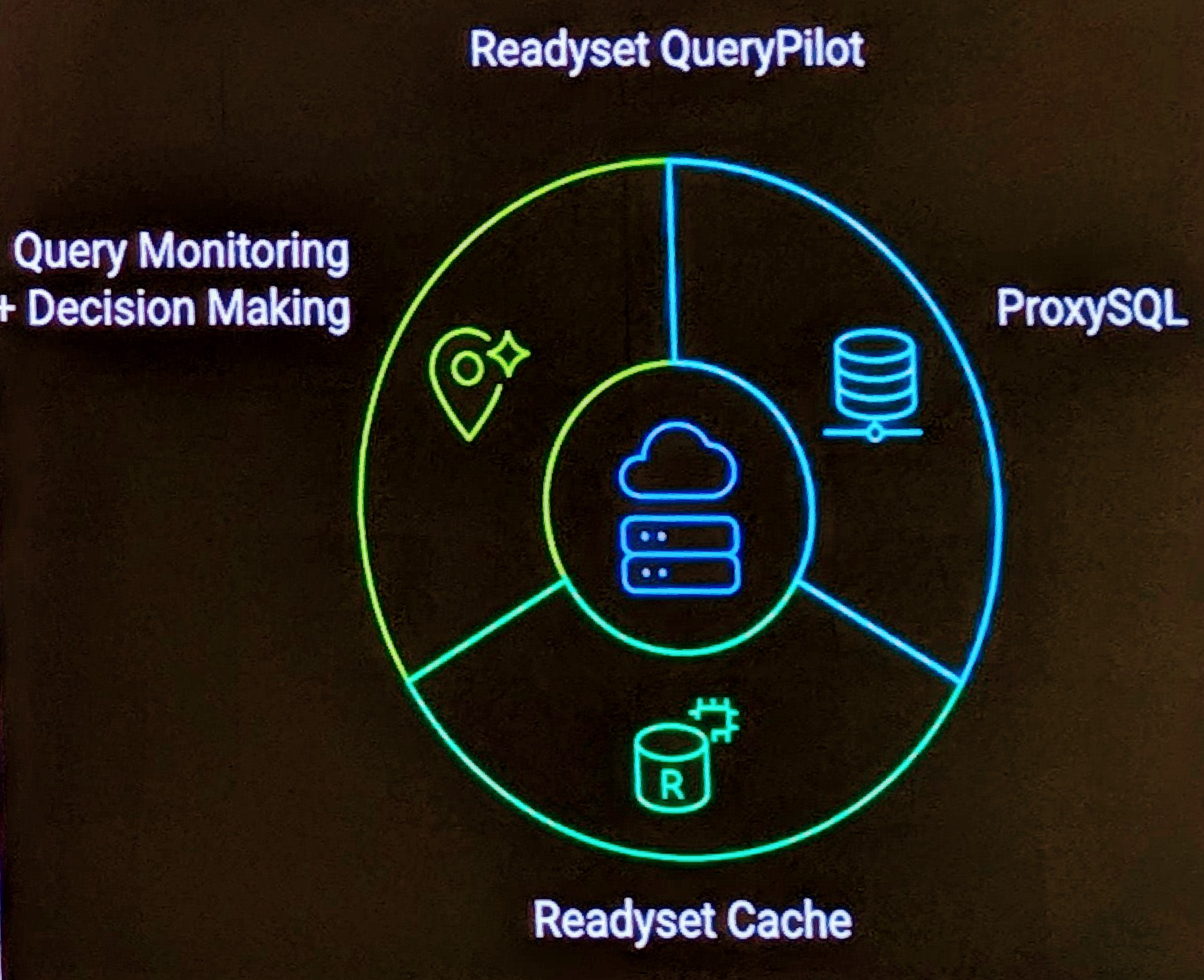Simple enough question, and it’s a simple enough answer. When the batch job/process in question successfully completes what it is designed to do and not in error.
I’m attempting to test, integrate and document some developed code on a client site, and well, I’m disgusted. (as with most things, is an accumulation of a number of things that lead to these frustrations.)
The process is broken down into two parts, lets call these X and Y. Now Y is the most stable part of a long standing product, it’s the API calls to the database. X does some pre-processing, then calls Y, then reports back success/failure.
Simple enough, and these are batch processes run after hours, so operators that don’t have the business knowledge need to know success or failure.
I’ll set aside for the moment that the calling process (which is indeed a shell script wrapper around the Java code) returns a status 0-Success and 1-Failure. This is practically useless because even when X fails, it doesn’t necessary report that (another story, but part of the same frustration)
I’ve extracted a small portion of the XML response that is returned from Y, that is then inteperated by X.
... <Status> <Code>0</Code> <Description>Success</Description> <DateTime>2006-09-26T16:03:45</DateTime> </Status> <Result> <OutputFileName>Not.Real.Name.Output.txt</OutputFileName> </Result> ...
...
<Severity>
<Code>FATAL</Code>
<Description>A fatal error was encountered while processing. See the reason code and description for further details.</Description>
</Severity>
<Reason>
<Code>50</Code>
<Description>XML exception: XML parse error on line: 9, position: ....
</Reason>
...
I’m not being told, “Oh, that’s a problem”. I’m been attempted to be convinced that it’s not an error, it is success.
Well, I don’t know from what planet you have lobbed in from, but in by book, FATAL is FATAL. Check out Handling Error Levels in Logging .
What’s the most depressing is I’m expected to hand this over to the customer for testing. My job isn’t actually testing, it’s integration and documentation for the end user, but the level of quality has demanded that I test it onsite before passing on. Well, I’m not going to give this to the customer, which makes it hard when the developers (who are on the same team as me) don’t see this as a problem.
PS: The list of articles of this nature has grown to the point, I’ve created my own “The Daily WFT” category . I’ve had a lot of stories I’ve never written about, perhaps I’ll pen a few more now.


